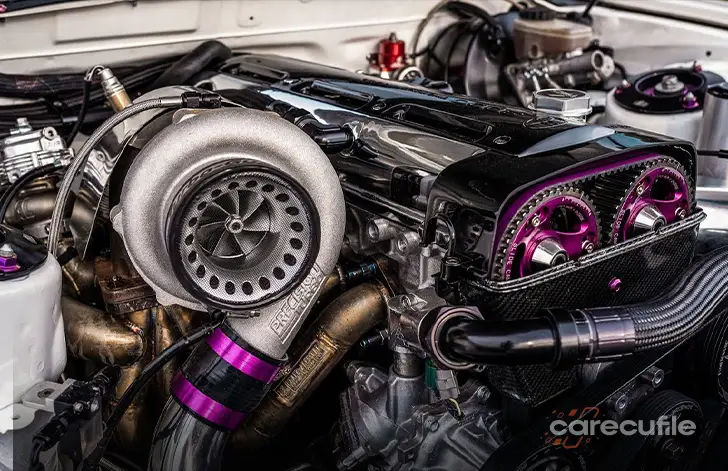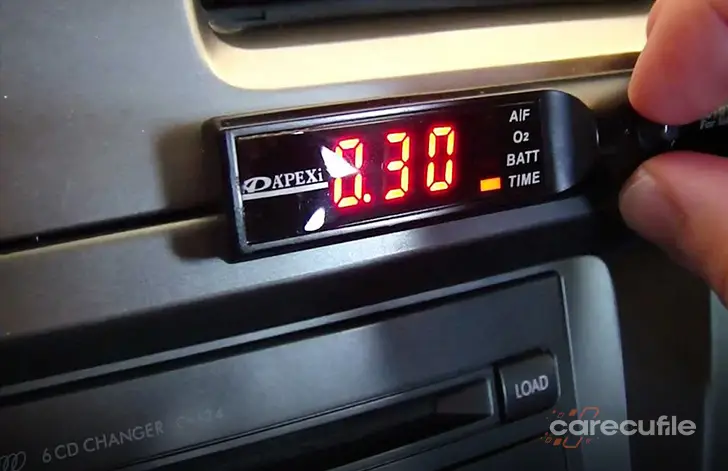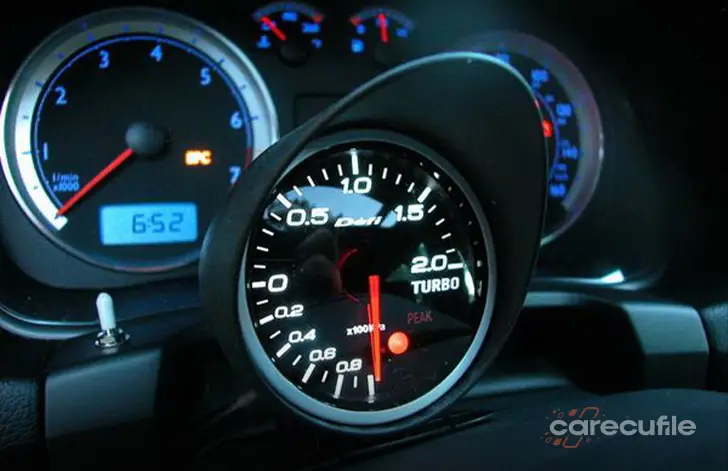HORSEPOWER and TORQUE
Although the concepts of horsepower and torque are different from each other, they provide performance for the vehicle as a whole. If we explain the functions of these two values, we can understand the difference much better.
The hp was first used by James Watt in 1872. Watt explained this value as the power it takes for a horse to carry a 75 kilogram load 1 meter in 1 second by observing on horses to explain the power of the machines produced to humans. Thus, a scale was found for humans to measure the power of machines. For vehicles, horsepower represents top speed. In other words, the more horsepower a vehicle has, the higher its top speed will increase accordingly, but it should not be forgotten that 2 vehicles with the same horsepower may not reach the same top speed because for this, the power/weight ratio of both vehicles must be the same.
Torque represents traction. This is related to how much the vehicle clings to the road and how much power is transferred to the wheels. If we explain this in a different way, torque is also a matter of physics and one of the examples is as follows, if we want to tighten a screw, it will be easier for us to use a long-handled tool, while a short-handled tool will make our job more difficult. In cars, torque comes into play mostly in hill climbing and acceleration. In these cases, the car with the higher torque will be able to climb steeper slopes, while the lower one will have difficulty. As an extra information, I should also mention that those with diesel engines in the same model vehicles often have higher torque, and thanks to this torque, the vehicle consumes less fuel because it performs at low revs.
Finally, if we compare these two values, horsepower ensures the vehicle's top speed is higher, while horsepower allows the vehicle to reach top speed faster, and torque allows the vehicle to reach top speed faster. Thanks to this difference, if these two values are set correctly, it is inevitable that the vehicle performance will be high.















